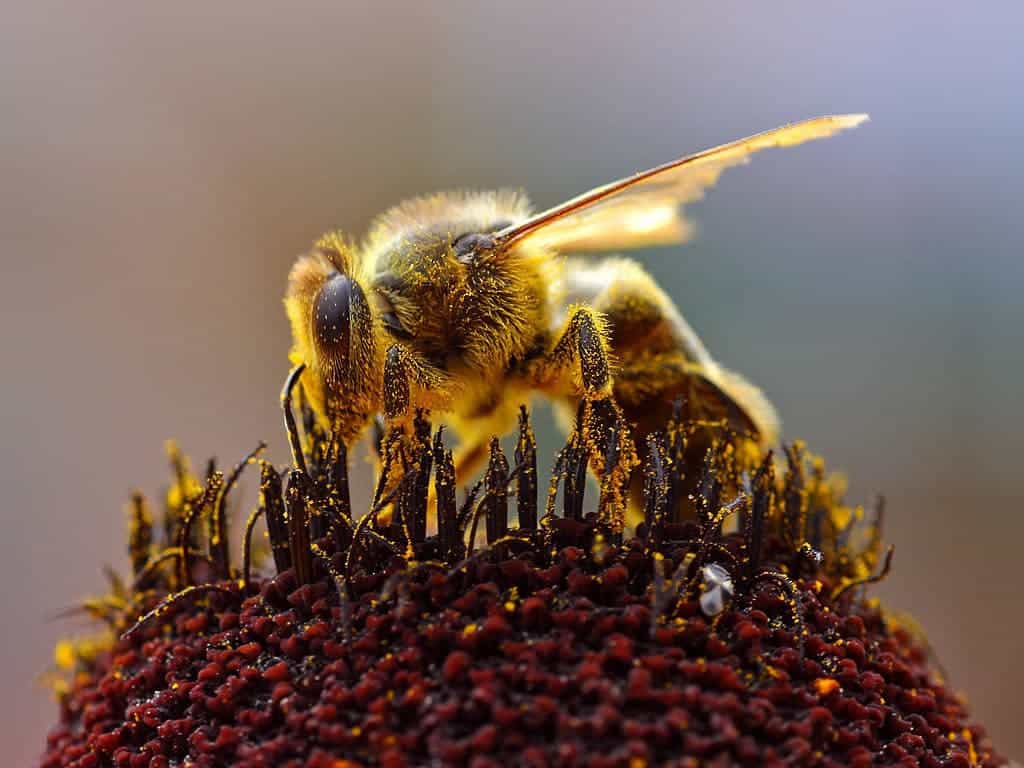If it weren’t for bees and other pollinators, we wouldn’t have blueberries, tomatoes, avocados, almonds, apples, broccoli, vanilla and many more of the fruits, vegetables and nuts we eat daily. This list could go on and on. In recent years, mass die-offs of bees have become a more real and more urgent threat than ever before.

Colony Collapse Disorder and other issues caused by many potential culprits — including insecticides, disease, climate change and mites — have been causing bee populations to dwindle. Although they now seem to be rallying a bit, it’s still important to take steps to protect them.
A New Bee Tracking Technology
Saving the bees is the motivation behind a new device that can help scientists keep tabs on the health of bee populations.
Created by researchers at universities in Missouri and North Carolina, the acoustic listening system can pick up the sounds bees make in a certain area and relay that data back to scientists. This information could warn researchers about a potentially declining bee population and let them know where to go to find out more.
The technology uses a small microphone to capture the pitch of the buzzing of bees as far as nine to 16 feet away. The microphones are attached to a device used to store the data, such as a USB drive. They can record for around 96 hours before they need to be recharged.
Benefits and Challenges
While the system isn’t perfect, it’s much cheaper and more efficient than sending teams out to survey bee populations on foot. The devices let researchers know where they should go to get the best information and warn them about trouble spots. The device is also more accurate than trying to count the bees visually.
The recordings collect detailed information about the frequency of the buzzing they pick up, which scientists can use to learn about the bees in the area. Bees that are different sizes or shapes or have different tongue lengths buzz at different pitches.
This information could be useful to farmers because different kinds of crops require different pollination methods. The system could let farmers know about a potential drop in the bee populations they need to pollinate their fruits and vegetables.
Another important benefit of the system is that it doesn’t disturb the populations it monitors. Other tracking methods involve trapping bees or taking samples. Although these methods are more accurate than some others, they end up harming or even killing the bees in the process of trying to help them.
Continued Testing
To start out, the research team on this project tested out their listening system in the Rocky Mountains of Colorado to avoid background noise. They’re now moving on to farms, which are likely to be noisier because they’re less remote.
The researchers are continuing to test their system, and are considering expanding its use for other applications. They’re even working on a smartphone app, so anyone can use the devices to listen to the bees.
It can be challenging to collect accurate information on bee populations and determine what might be causing problems in the health of bee colonies. This device could prove helpful, though, in helping us learn more about the bees we depend on for so much of our food. We should do everything we can to help protect the bees — both for their sake and for ours.
Was this helpful?



